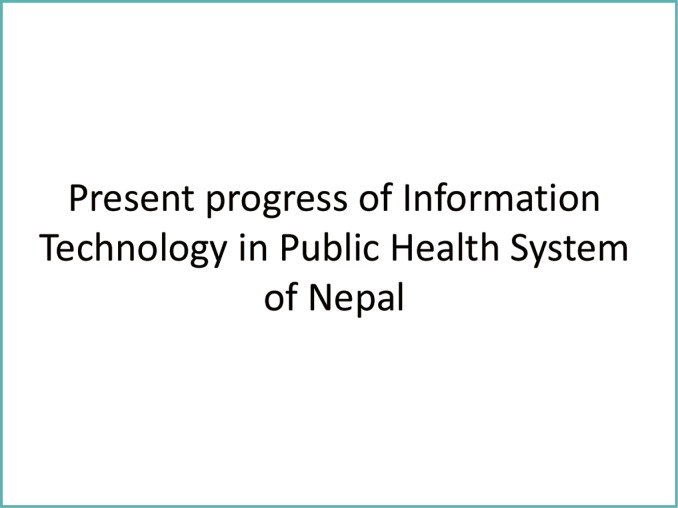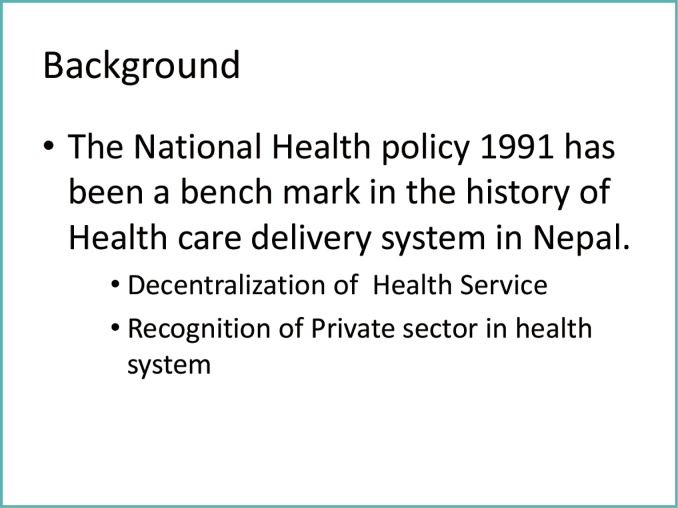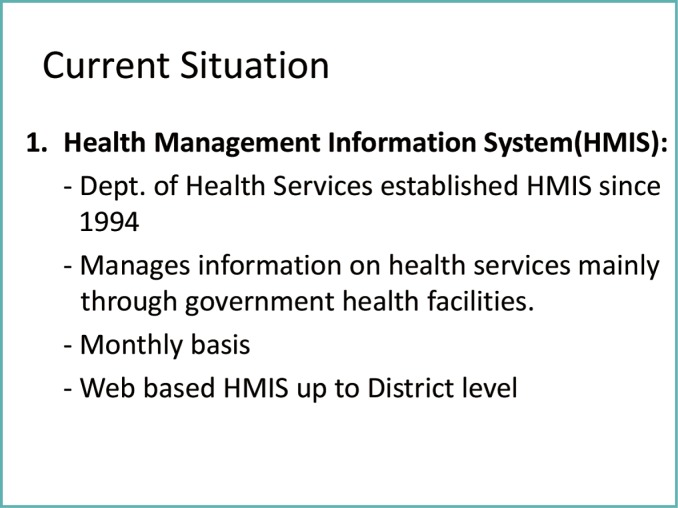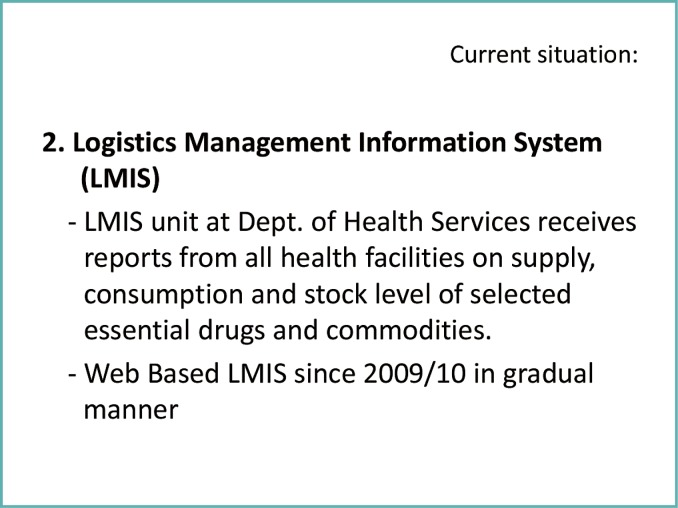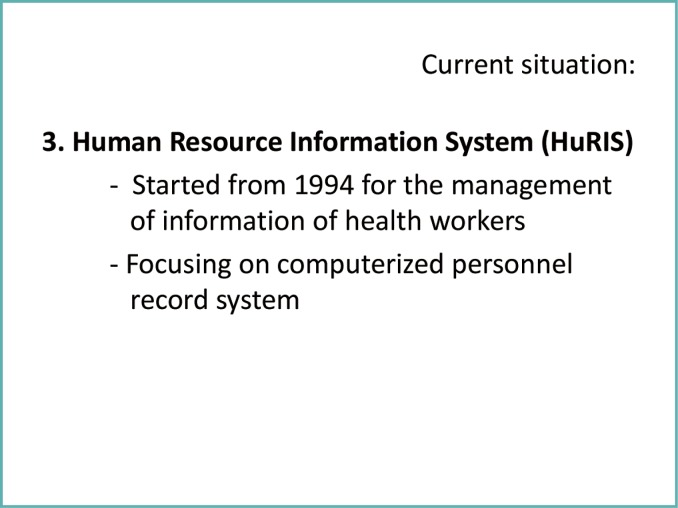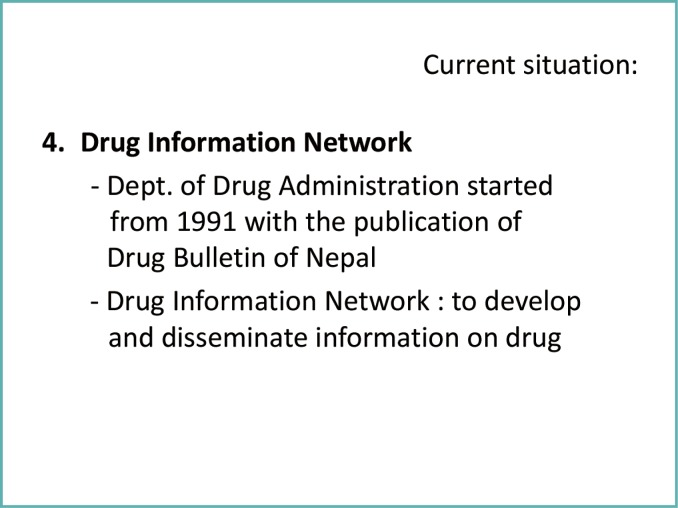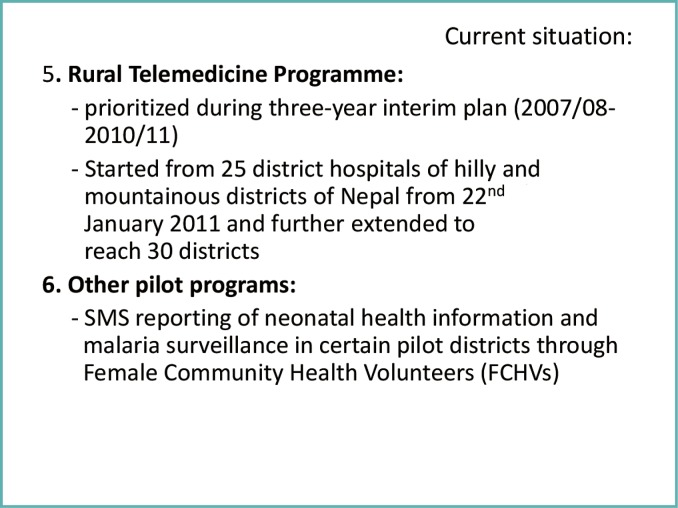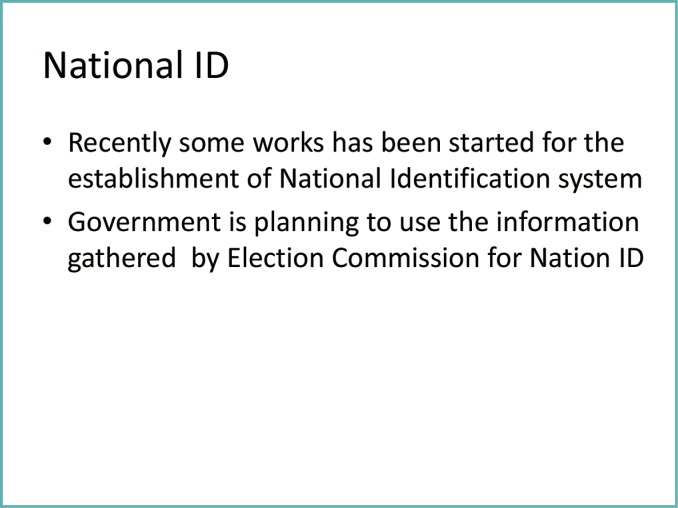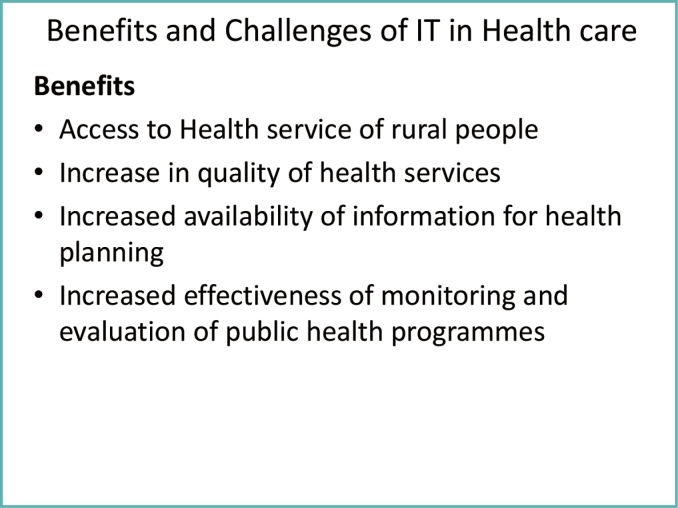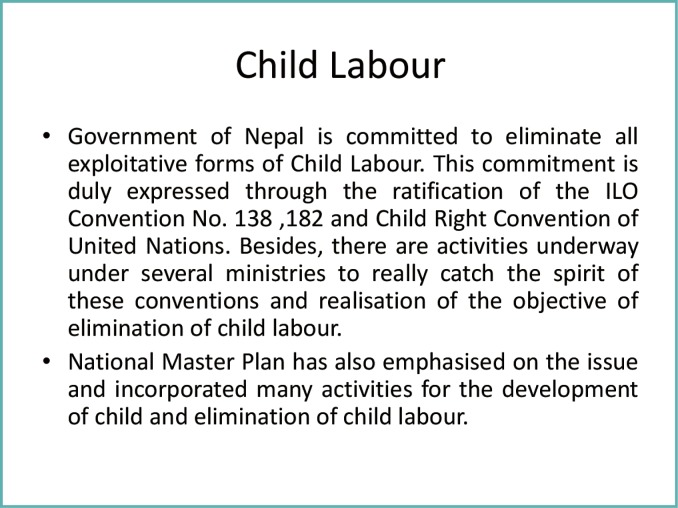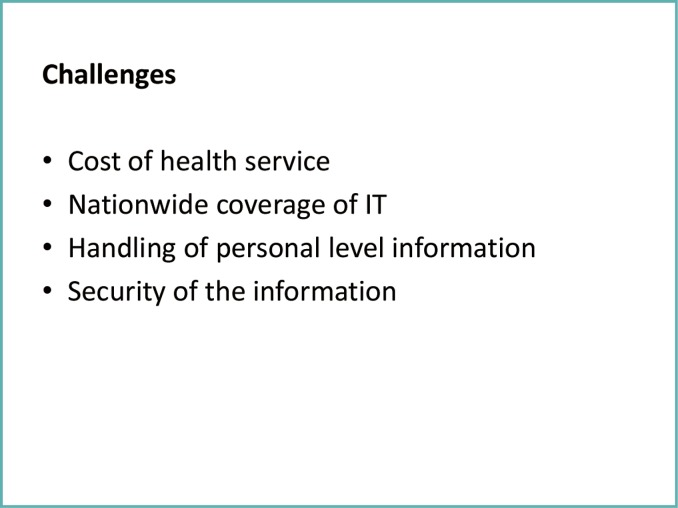Nepal is the landlocked multiethnic, multilingual, multi-religious country with India in the Southern, Eastern, Western sides and China in the northern side. It is divided into three ecological zones, the lowland, the midland and the highland.
Information Technology (IT) has been proven a pioneering technology for the lives of people all around the world. IT is a basic infrastructure necessary for economic and social development of a country by which it can support the central nervous system of complex societies, transmitting and processing information and commands among the various parts of such societies.
With IT, individuals can see and share valuable information online. Patients in remote villages can see their specialist online rather than traveling for hours to the nearest clinic. Schoolteachers can download educational materials and lesson plans for their classes. IT is improving access to healthcare is through the availability of geographical information systems through digitized maps, aerial images, and geographic data.
The National Health Policy 1991 has been a bench mark in the history of Health Care Delivery system in Nepal through decentralization and regionalization of Health Services and recognition of private sector in health system.
The current Management Information System of Nepal includes Health Management Information System which was implemented in Nepal from Fiscal Year (FY) 1995/96 by the Ministry of Health and Population (MoHP) to strengthen management of health facility and to receive standard information. This section manages health service information from community to the Department of Health Services (DoHS) through predefined process and procedure. This system is almost 19 years old robust and well set that provide base for planning, monitoring and evaluation of Health system at all levels. It provides information about achievements, coverage, continuity and quality of health services on monthly basis. Logistic Management Information System (LMIS) is a unit at Department of Health Services receives reports from all health facilities on supply, consumption and stock level of selected essential drugs and commodities. There is web based LMIS since 2009/10 and is in gradual manner.
Human Resource Information System (HuRIS) started from 1994 for the management of information of health worker in the country focusing on computerized personal record system. Drug Information Network is started by Department of Drug Administration from 1991 with the publication of Drug Bulletin of Nepal. It is used to develop and disseminate information on drug. Rural Telemedicine Program is prioritized during three-year interim plan (2007/08-2010/11) which was started from 25 districts and started in hospital of hilly and mountainous districts of Nepal from 22nd January 2011 and further extended to reach 30 districts. Pilot programs like SMS reporting of neonatal health information and malaria surveillance in certain pilot districts through Female Community Health Volunteers (FCHVs).
The benefits of information technology are access to Health Service of rural people, increase in quality of health services, increased availability of information for health planning as well as increased effectiveness of monitoring and evaluation of public health programmes.
There are some challenges in Present progress of Information Technology in Public Health System of Nepal too such as cost of health service, nationwide wide coverage of IT, Handling of personal level information and security of the information.
Footnotes
*1 This article is base on a presentation made at the Symposium “Health Database in an Information Society” held at the 29th CMAAO General Assembly and 50th Council Meeting, Manila, the Philippines, on September 24-26, 2014.



